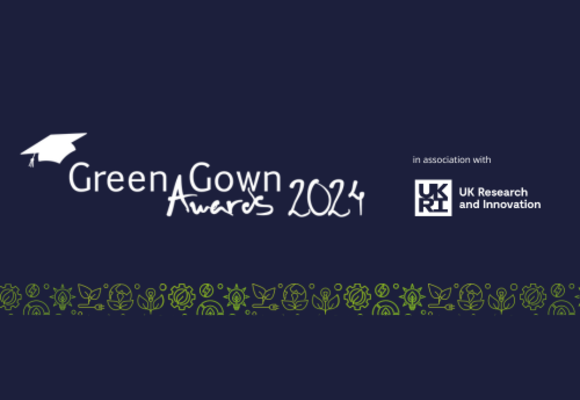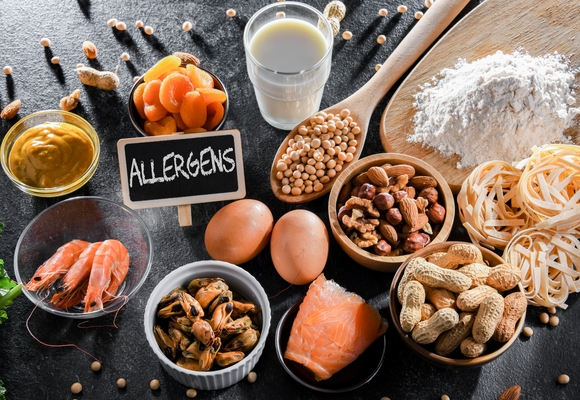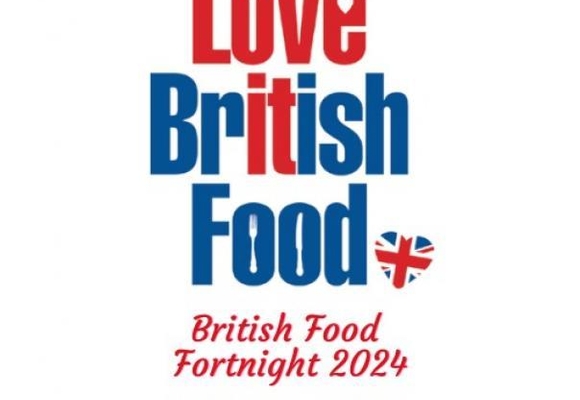The UK’s leading marine charity, the Marine Conservation Society (MCS) says it is disappointed that not one single UK fishery has moved off its Good Fish Guide ‘Fish to Avoid’ list in its most recent ratings update.
As well as no fisheries of UK interest moving off its Avoid list, MCS says none moved on to its green rated, Best Choice, list either. Over 100 ratings for 45 different species of fish that are caught within the UK’s exclusive economic zone are red-rated by the charity on its Good Fish Guide (www.goodfishguide.org).
The charity says this is hugely disappointing with Brexit, in whatever form, just around the corner, as without strong post-Brexit fisheries management more fisheries could find themselves being red-rated and moved onto the Fish to Avoid list.
Samuel Stone, MCS Head of Fisheries and Aquaculture, says Brexit will be the catalyst to either reignite improvements or result in a further decline in the health of UK fisheries: “Whilst there have certainly been improvements in fisheries management over the last decade and subsequent improvements in the health of many fish stocks, progress has now stalled. We are looking to the UK and the Devolved Administrations to put the long-term health of our seas and coastal communities first, by ensuring the new Fisheries Bill and other pieces of legislation are ambitious and will deliver sustainable fisheries.”
"Whilst the Fisheries Bill currently making its way through UK parliament has some good overarching ambition, we are extremely concerned that without key amendments to set fishing limits at sustainable levels, the UK's post-Brexit fisheries legislation will fall well short of delivering world leading fisheries, and could pave the way for further delays in recovering several depleted fish stocks"
But it’s not all bad news. Some of the larger fisheries for targeted species like coley (saithe), sprat, hake, plaice and haddock are doing fairly well with green and yellow ratings. However, there is a long way to go for several shellfish fisheries for scallop and whelks, as well as many other smaller fisheries for red mullet, grey mullet, cod, whiting, seabass, shark, skate and rays, most of which are either red or amber rated on the Good Fish Guide. Despite being smaller, these fisheries are often extremely important for coastal communities and have a vital role to play in their environment and need to be better managed.
MCS seafood ratings at a glance -
1 Dark Green – Indicates the most sustainably caught or farmed fish (Best choice)
2 Light Green – Indicates sustainably caught or responsibly farmed fish (Best choice)
3 Yellow – Indicates fish which are an ok choice, but require some improvements (Think)
4 Orange – Indicates fish which are some way from being sustainably caught or farmed and require significant improvements (Think)
5 Red – Indicates fish from the most unsustainable fisheries or farming systems (Fish to avoid)
Samuel Stone said: “We hope to see only green rated, sustainable UK fisheries in the future, but until that’s the case, choosing the most sustainable seafood continues to be a minefield and further evidence that visiting the Good Fish Guide website, downloading the app or getting the paper pocket guide, is a must for people choosing seafood.” The MCS Good Fish Guide Fish is available at www.goodfishguide.org as an app on iPhone or android, and paper credit card-sized version.










